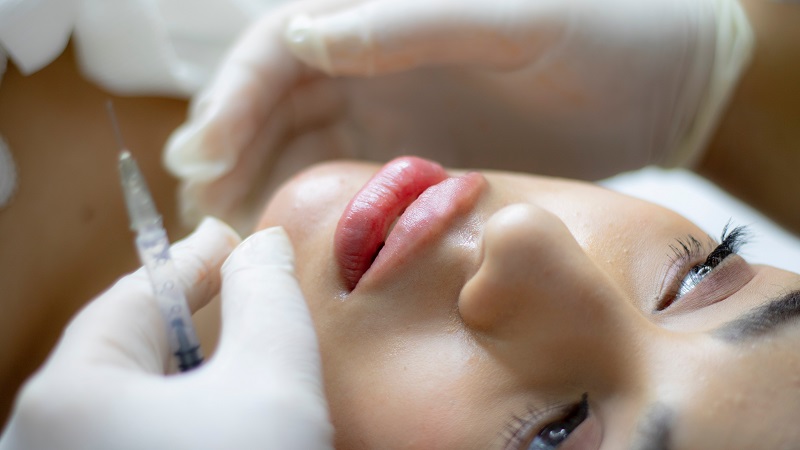Be nice to your skin! Like the heart , stomach , and brain , your skin is an organ.
Cosmetic Skin Treatment Options: What are they and how do they work?
From treating fine lines and wrinkles to reducing scarring from acne or the sun, there are many different cosmetic skin treatment options out there for you. Consult with your dermatologist before receiving any treatment to ensure that the procedure will work on your skin and is safe for you!
Dermabrasion
Dermabrasion is a procedure performed by your dermatologist or a licensed professional. They will numb your skin first, and then use an exfoliating device that works to remove the outer layers of your skin. When the damaged skin layers are removed, your body will create newer and younger skin cells. Dermabrasions improve the appearance of acne, acne scars, sunspots, fine lines, and an uneven skin tone.
This procedure can cause redness, swelling, and irritation immediately afterward. These side effects should fade over the week following the procedure. Dermabrasion results can last for years.
Microdermabrasion
Microdermabrasion is a less intense version of a dermabrasion. The procedure is again performed by a licensed skincare specialist. It is performed by rubbing fine crystals into the skin using a device and takes about 30 minutes to perform. Microdermasions need to be performed from anywhere between 5-16 times in order to see lasting results. It can improve skin tone, skin complexion, sunspots, and acne scars.
Micro dermabrasions can also cause redness and swelling after being performed. Results from one microdermabrasion can last for around 30 days. Specialists recommend going for more than one treatment to see longer-lasting results.
Laser Resurfacing
Laser resurfacing uses repeating pulses of light beams onto one area of targeted skin. The laser works in two different ways. First, it destroys the outer layer of damaged skin, allowing new skin cells to develop in its place. Second, the heat from the laser encourages collagen production, a protein that helps keep skin tight and smooth. Performed by a plastic surgeon or dermatologist, the procedure can last for up to 2 hours and will improve fine lines, wrinkles, acne spots, acne scars, sunspots, birthmarks, and warts. For Rosacea skin treatment, a different type of laser therapy is used.
Laser resurfacing will make the skin red immediately after treatment and will also make your skin sensitive to the sun for a few months. Be sure to apply SPF daily to avoid further sun damage. Results can last for years.
Dermal Fillers
Dermal fillers are mostly used to improve the look of fine lines and wrinkles. As skin ages, it becomes thinner and more susceptible to sagging and wrinkles. Dermal fillers can be injected into the skin to counter volume loss. Licensed professionals can inject fillers with a needle into the lips, cheeks, and around the eyes. Fillers improve the look of aging skin and result in younger and brighter looking skin.
Side effects from dermal fillers include bruising, redness, excess swelling, and pain at the injection site. Results are not permanent and typically last from anywhere between 6 to 18 months.
Botox
Botox is another procedure where a doctor injects the chemical botulinum into muscles in the face. The most common use for Botox is to improve fine lines and wrinkles in the face. When muscles are injected with Botox, they are temporarily paralyzed and become relaxed. This makes the wrinkles relax and soften, improving their look. Botox is typically injected into frown lines, crow’s feet around the eyes, and in the neck.
Side effects from Botox include bruising, headaches, eye dryness, mild pain, and weakness in surrounding muscles. Results last from 3 to 6 months.
Chemical Peels
Chemical peels are performed to improve the skin’s appearance. It can treat sun spots, acne scars, dark freckles, wrinkles, acne spots, and overall improve skin tone and brightness. Chemical peels range from mild to deep and are performed by a dermatologist. A chemical solution is applied to the skin, and results in the skin blistering and peeling off. Once that top layer peels off, the skin underneath will appear younger-looking, even-toned, and brighter.
Immediately following the procedure, your skin will need to be bandaged for several days to avoid complications or infection at the site. Over the next 7 to 14 days, skin will crust, blister, and peel off. Medium-depth chemical peel results can last for up to 1 year, and deep peels can last for up to 10 years.

